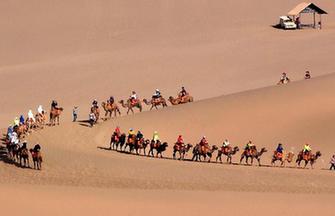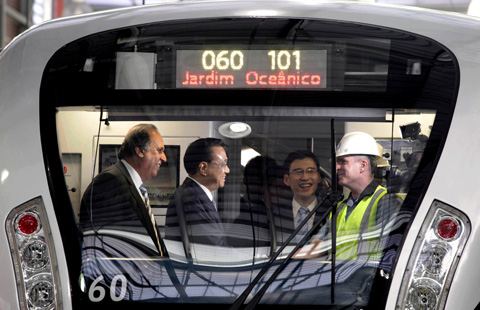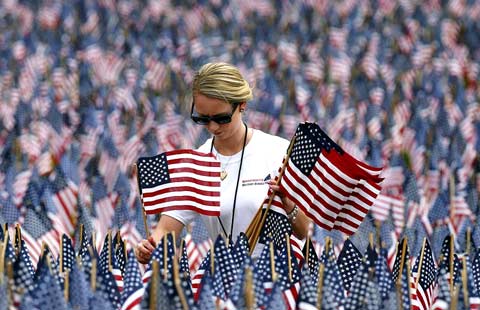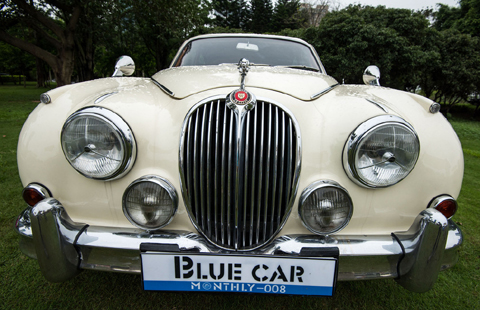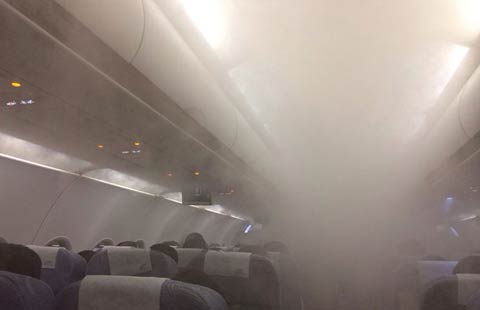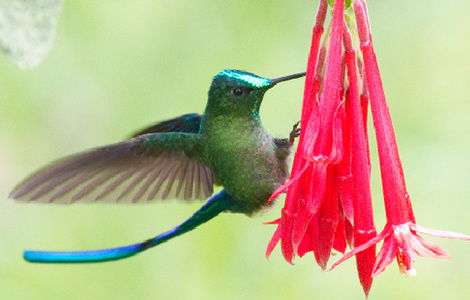The city that's 'half the world'
Updated: 2015-05-25 07:52
By Mike Peters(China Daily)
|
||||||||
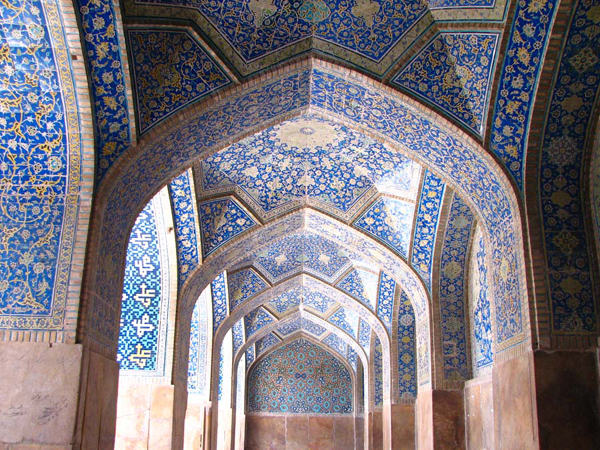 |
|
Esfahan's striking Islamic architecture and distinctively colored tiles draw tourists to the buildings around the city's huge public square. Mike Peters / China Daily |
The skyline explodes in a fantasy of blue, yellow and white tiles-a symphony of architecture that a Persian ruler orchestrated to celebrate an empire at its peak.
Shah Abbas I became known as Abbas the Great, but it was for his capital that he sought true greatness. "Esfahan," an admiring French poet once declared, echoing a local saying, "is half the world."
More than four centuries after Abbas, the gleaming tiles of an immense square, its adjacent mosques and palace, and a stunning series of bridges are a magnet for tourists, evoking that golden era when exquisite silk carpets, Chinese porcelain, saffron and other spices flowed in and out from every direction.
The city is located on the main north-south and east-west ancient Silk Road routes crossing Central Asia. Once one of the largest cities in the world, today it is the country's third largest after the modern capital, Teheran, and Mashhad.
It flourished from 1050 to 1722, particularly in the 16th century under the Safavid dynasty, when Abbas made it Persia's capital for the second time.
- 21st Century Maritime Silk Road matches very well with Brunei
- Train filled with cartoon art inspired by Maritime Silk Road
- Lovers from silk road countries gather at Shaanxi's Shaohuashan Mountain
- Shenzhen fair showcases One Belt, One Road products
- Former diplomat's book on Silk Road project is released
Most Viewed
Editor's Picks

|

|

|

|

|

|
Today's Top News
Chinese premier arrives in Chile for official visit
John Nash: A life of great struggle and even greater success
Cleveland police say 71 people arrested overnight in protests
US charges a reflection of 'anxiety'
Expansion of free trade possible on Chile visit
Chilean president sees promising prospects for relations with China
Mathematician John Nash killed in car crash
Chinese premier encourages firms to upgrade cooperation with Peru
US Weekly

|

|
